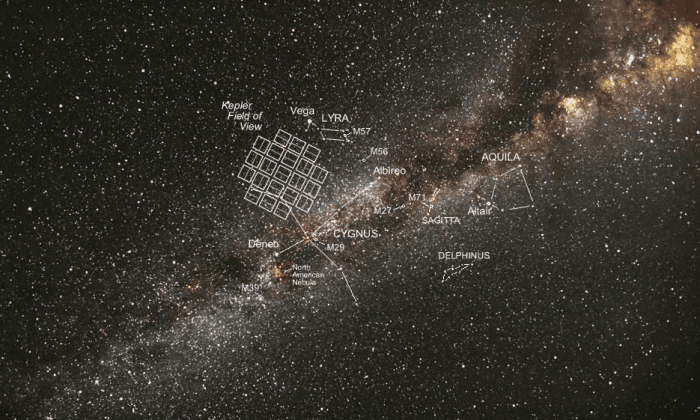But Morton had another idea. Instead of confirming each potential planet signal with ground observations, he looked at the potential planet sightings and combined them with the probability of how common the “impostors” are in our Milky Way.
He found that almost 1,300 of the more than 4,300 Kepler “candidates” were more than 99 percent likely to be planets.
Another over 1,300 “candidates” are more likely to be planets, but don’t reach the 99-percent threshold. Also, 984 previously validated planets were confirmed by the new method.

Only 9 of the newly validated planets are potentially habitable. That means they are less than 1.6 times the size of Earth and are the right distance from their stars to have liquid water on surface.
“These are the hardest planets to find,” Batalha said.

To actually be habitable, other factors come into play, like how much radiation the planet receives from its stars and what its atmosphere is like.
Still, calculating with 100 billion stars in our galaxy, Batalha estimates there could be tens of billions of potentially habitable planets in the Milky Way.
The Kepler mission is expected to last until the end of September 2017.






Friends Read Free